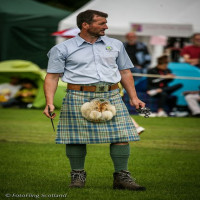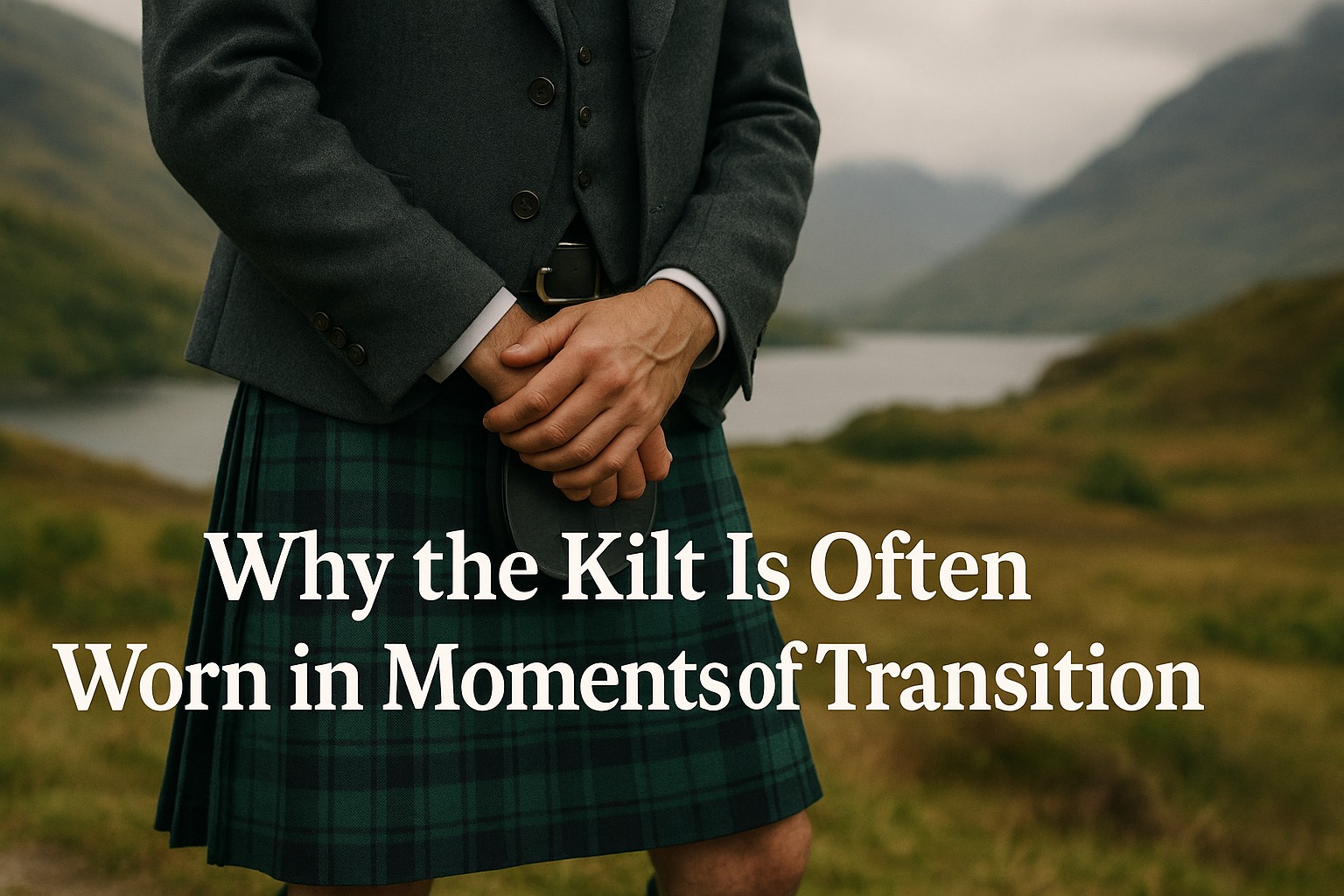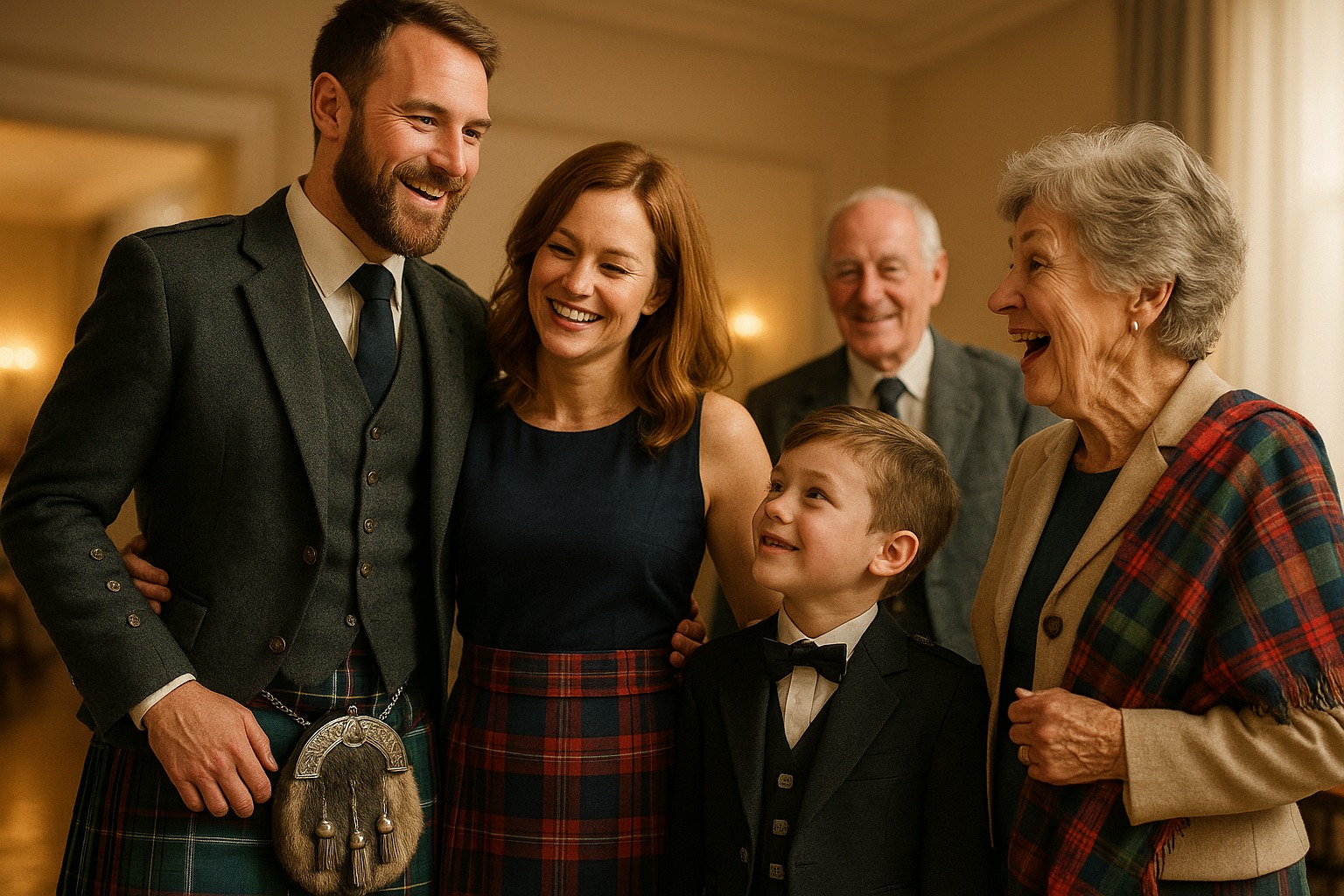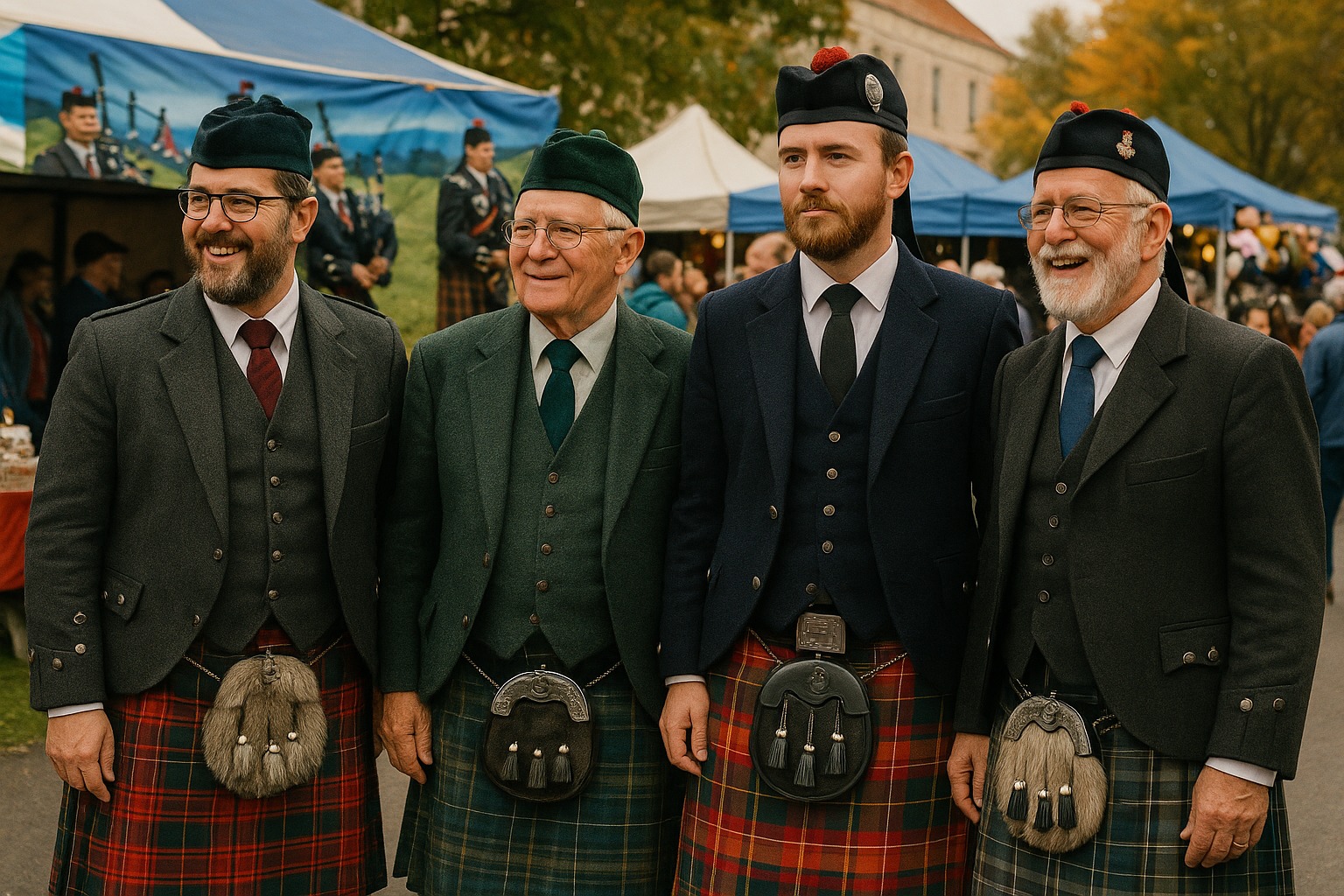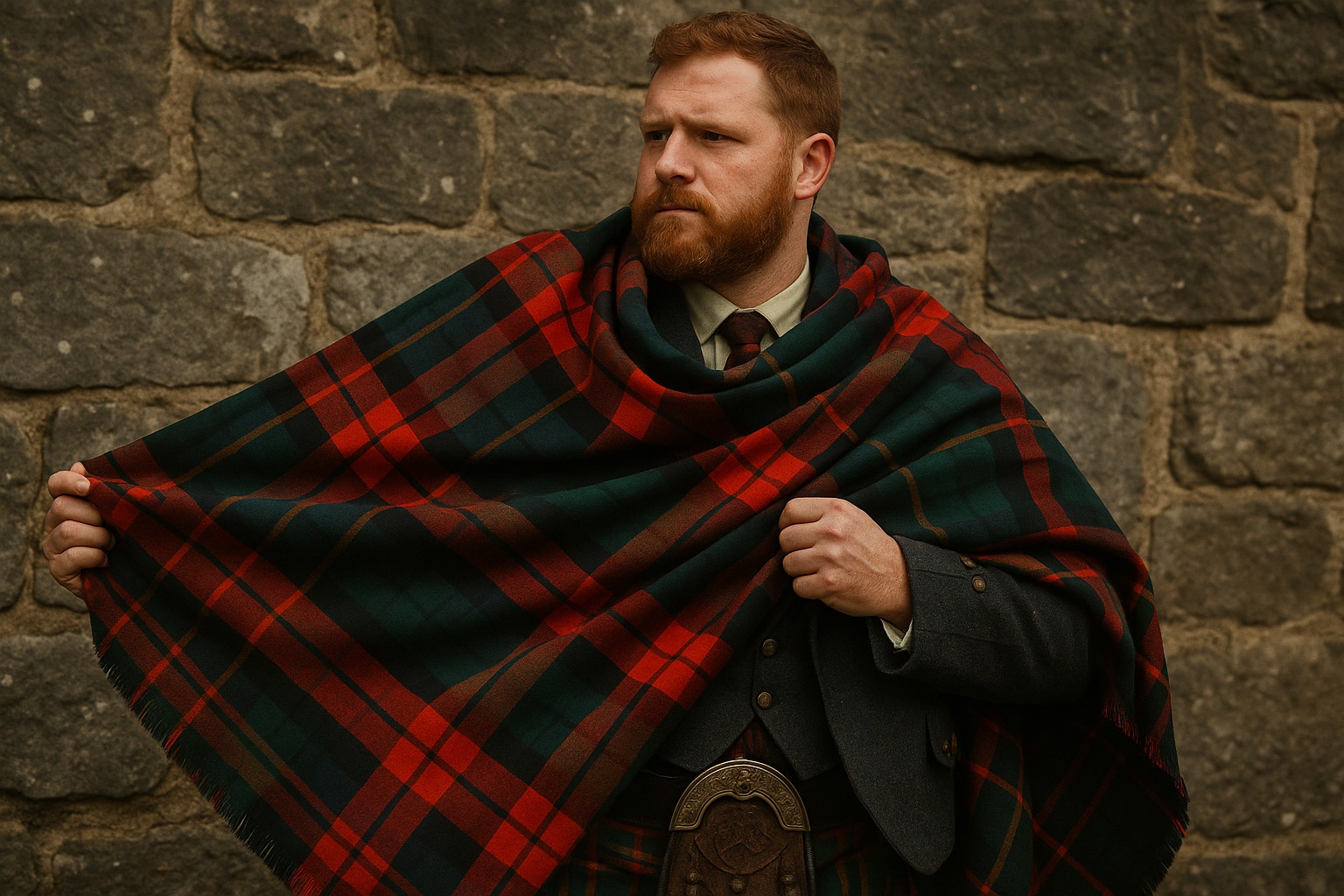The Connection Between Kilts and Scottish Identity
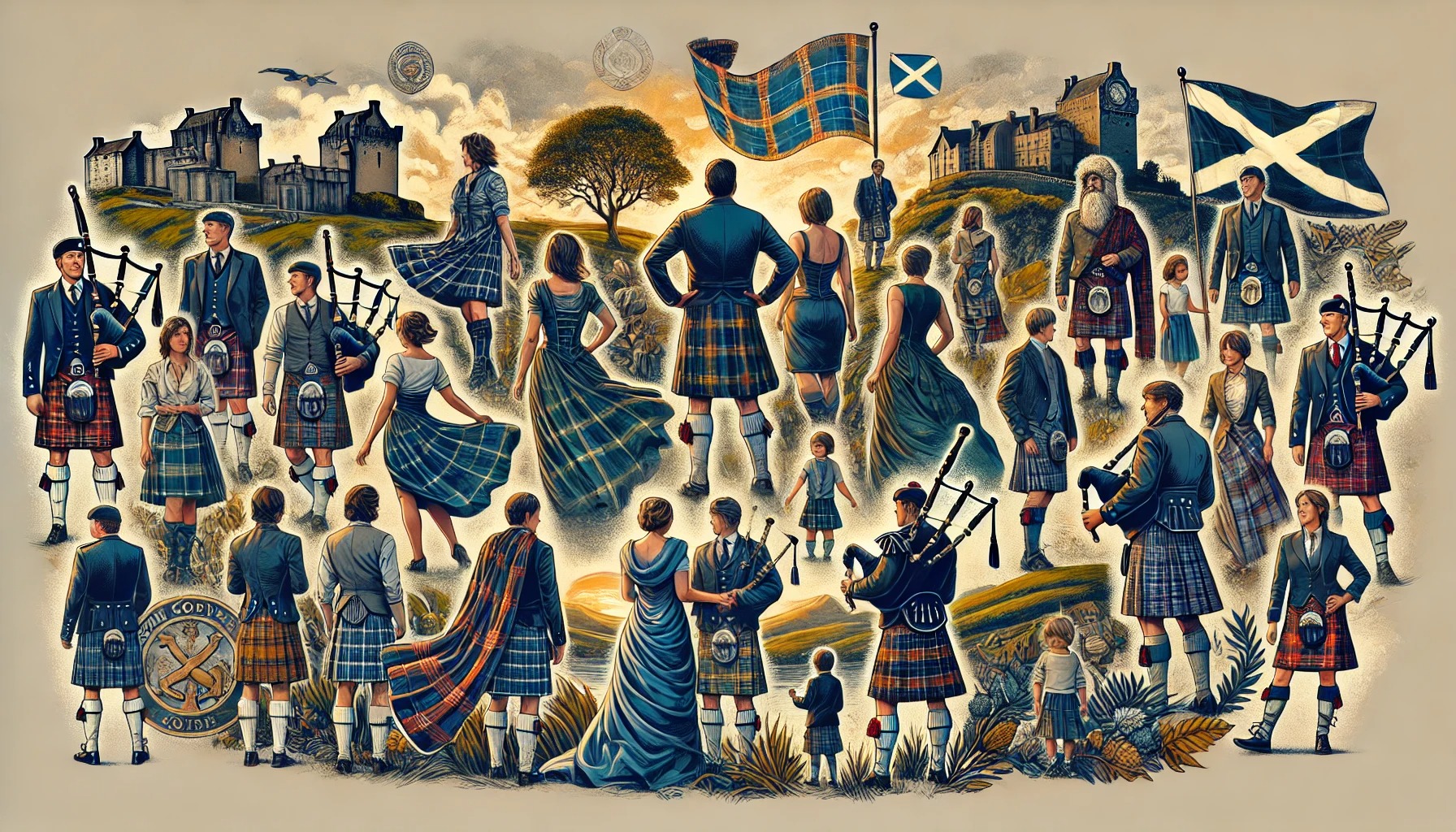
Strong 8k brings an ultra-HD IPTV experience to your living room and your pocket.
The kilt is more than just a garment—it's a bold expression of Scottish heritage, resilience, and national pride. Worn in celebration, protest, and remembrance, the kilt has become an enduring symbol of what it means to be Scottish, both at home and across the diaspora.
________________________________________
1. A Garment That Speaks Without Words
Kilts are instantly recognizable. They carry with them centuries of history and culture, telling a story with every pleat, every tartan, and every time they’re worn. More than any other piece of clothing, the kilt symbolizes Scottish identity, especially among Highlanders and those with ancestral roots in Scotland.
When someone wears a kilt—whether it’s at a wedding, Highland games, or cultural festival—they’re not just dressing up. They’re making a statement:
“This is who I am, and I’m proud of where I come from.”
________________________________________
2. Historical Roots in Highland Life
The earliest version of the kilt, known as the feileadh mòr or great kilt, emerged in the 16th century as a practical garment for Highland Scots. It offered:
• Warmth in rugged terrain
• Flexibility for movement
• Adaptability as both clothing and bedding
Wearing a kilt in the Highlands wasn’t about fashion—it was about survival. But even then, the way it was worn and woven carried a regional and cultural significance.
________________________________________
3. The Role of Tartan in Clan Identity
Tartan patterns became a visual marker of clan affiliation, often linked to geography and kinship. Over time, specific tartans were adopted and formalized to represent:
• Families
• Regions
• Military regiments
This added a layer of meaning to the kilt—to wear a kilt in your clan tartan was to declare loyalty, ancestry, and belonging.
For many Scots today, that connection still runs deep. Wearing your tartan is a way of saying, “These are my people. This is my history.”
________________________________________
4. Suppression and Survival
After the Jacobite uprisings in the 18th century, the British Crown banned the wearing of Highland dress—including kilts—with the Dress Act of 1746. This was a political move to suppress Scottish culture and Highland resistance.
The punishment for wearing a kilt could be imprisonment or exile. But the tradition did not die.
When the ban was lifted in 1782, kilts returned not just as clothing, but as symbols of resistance and cultural pride. Their survival became a testament to Scottish resilience.
________________________________________
5. The Romantic Revival and National Symbolism
The 19th century saw a rebirth of interest in Highland culture, particularly with the help of:
• Sir Walter Scott’s novels
• King George IV’s visit to Scotland in 1822
• Queen Victoria’s love of Balmoral and Scottish customs
Suddenly, kilts weren’t just Highland—they were Scottish, worn by Lowlanders, royals, and eventually Scots around the world. They became a national symbol—not just a regional tradition.
________________________________________
6. Kilts in the Modern Era
Today, kilts are worn:
• At weddings and funerals
• At Highland games and clan gatherings
• In parades, protests, and political events
• On stages, runways, and global screens
The kilt remains a visible marker of identity and pride, often worn during moments of emotional and cultural significance. It has also become a unifying symbol for Scots abroad, allowing the diaspora to connect with their roots.
________________________________________
7. Kilts and Masculinity
The kilt also challenges and redefines traditional concepts of masculinity. In a world dominated by trousers and suits, the kilt allows Scottish men (and increasingly women and nonbinary people) to express pride in a way that is:
• Bold
• Traditional
• Distinctly unashamed
There’s strength in the kilt—not just in how it looks, but in what it stands for.
________________________________________
8. The Kilt in Scottish Political and Cultural Identity
Kilts have often been worn during moments of national assertion:
• During campaigns for Scottish independence
• At international sporting events where Scots compete as Scotland
• At Burns Suppers, celebrating the national poet
• In folk and rock bands representing Scottish sound and soul
It’s a garment that rallies identity and reminds wearers and onlookers alike: Scotland is a nation with a deep, distinct, and enduring culture.
________________________________________
9. Beyond Bloodlines: A Shared Symbol
You don’t have to be born in Scotland to wear a kilt. For many, especially in the Scottish diaspora, the kilt serves as a bridge to ancestry. It’s a way to participate in heritage, even if you’ve never walked the Highlands.
And for others, it’s a way to express solidarity and admiration for Scottish values: independence, resilience, community, and creativity.
________________________________________
10. The Future of Kilts and Identity
As Scottish identity continues to evolve, so too does the kilt. We’re seeing:
• Contemporary tartan designs representing blended cultures
• Hybrid kilts in streetwear and performance gear
• Queer, feminist, and activist adaptations of Highland dress
The kilt remains timeless because it evolves. It doesn’t stay stuck in the past—it brings the past into the present, and invites new stories to be woven into the pleats.
________________________________________
Conclusion: The Fabric of a Nation
The connection between kilts and Scottish identity is more than historical—it's emotional, political, and deeply personal. To wear a kilt is to step into a story. A story of land, people, struggle, and pride.
Because a kilt isn’t just what you wear—it’s who you are, stitched in wool and worn with pride.
________________________________________
Tags:
Scottish identity, kilts and culture, tartan symbolism, clan heritage, Highland dress, history of the kilt, kilt and tradition, Scotland national pride, cultural clothing, kilt in modern Scotland, Scottish diaspora, kilt as protest, kilts and masculinity, kilt history, tartan and ancestry
Note: IndiBlogHub features both user-submitted and editorial content. We do not verify third-party contributions. Read our Disclaimer and Privacy Policyfor details.

